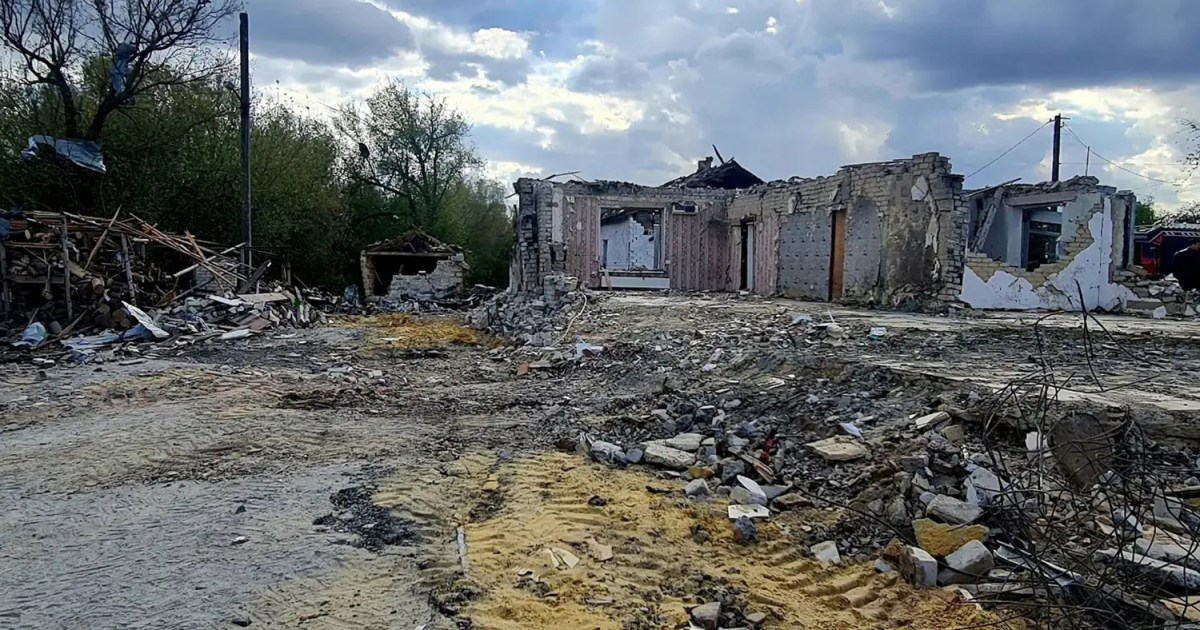Friday, October 6
Al Jazeera’s Alex Gatopoulos travelled to four front-line locations in October. This is the second of four dispatches – read his first about subterranean life in a front-line town.
It is still dark when we leave Zaporizhzhia. The pre-dawn air is cold and fresh.
We compare how we slept – sleep is always at a premium on the road. We have a long way to travel today – a good 360km (224 miles) to a village in northeastern Ukraine called Hroza, which was devastated the day before by a Russian missile strike.
More than 50 people – one-sixth of the population – were killed while attending a memorial service. Ukrainian officials said the town was hit by an Iskander missile, a precision-guided weapon with a 700kg (1,550lb) warhead. There were no obvious military targets nearby.
On our way, we first stop in the city of Kharkiv, whose centre had been struck twice this morning. We rush to set up for a live shot near a 10-metre-wide (33ft-wide) crater in the centre of an intersection. The blast shredded the facades of nearby apartment blocks. Window frames and balconies hang in tatters. A mangled Toyota truck lies on its side as the blackened shell of a van is towed away.
Unbelievably, considering the extensive damage, no one was killed.
City engineers are already there, plans for utility pipes in their hands, checking for leaks. Volunteers methodically shovel rubble, their feet crunching on shards of glass and metal fragments. A team of telecommunication workers on ladders repair phone lines. The trunks of felled trees are neatly cut up and dumped on trucks as are clumps of tarmac. This is what passes for normal in Kharkiv. It is 11am.


